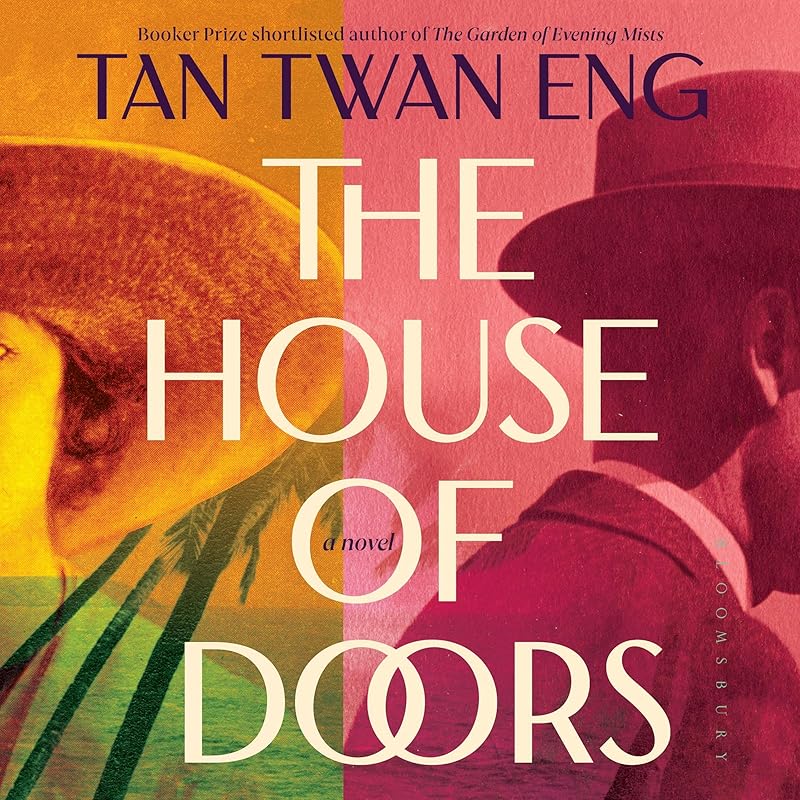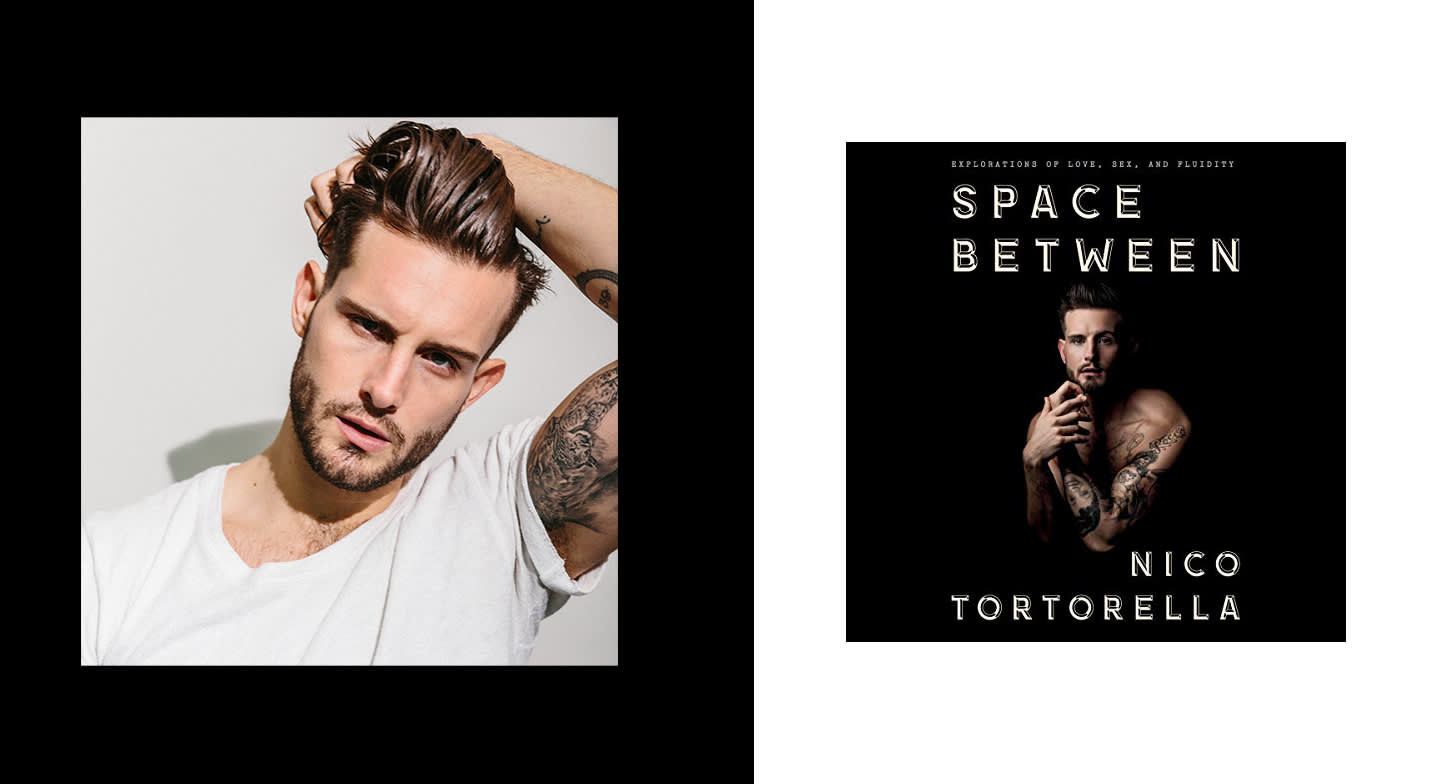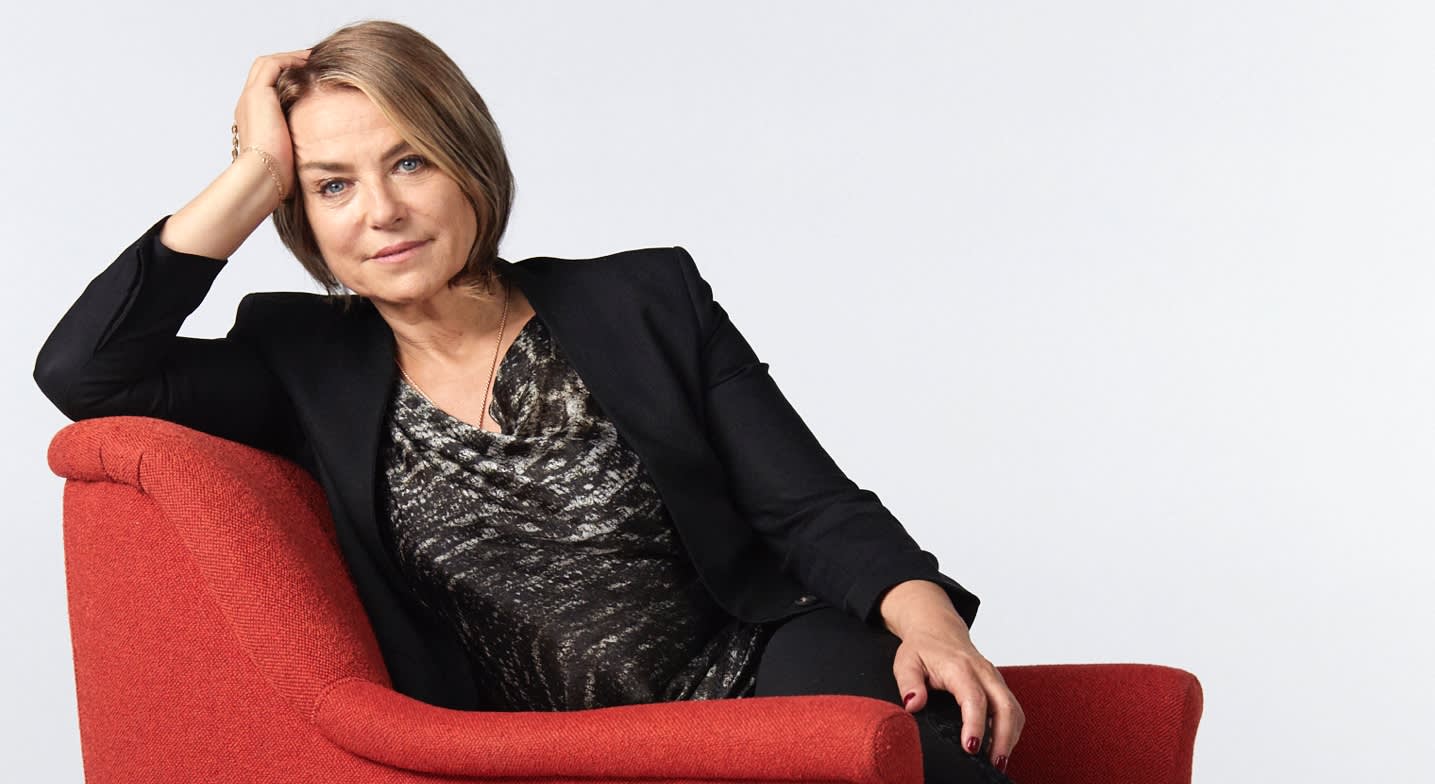Maybe we can blame it on Will & Grace. If you recall, in the sitcom centered on codependent best friends Grace Adler and Will Truman, they agreed to marry each other should they both still be single by a certain age, despite Will being gay and Grace being straight. While each eventually married others, this best-friends-till-death-do-us-part vow became a potential template for a modern lavender marriage.
Whatever the impetus, over the past year it seems people can’t stop talking about lavender marriages. Whether it’s family members revealing truths on TikTok or that influencer couple who was profiled in the New York Times “Vows” section, the idea has once again entered popular discourse. It’s even at the center of Andrew Ahn's recent The Wedding Banquet—starring Lily Gladstone and Bowen Yang—an update of Ang Lee's 1993 classic movie by the same name.
As mainstream publications have begun publishing more stories about queer folks being in straight-presenting relationships, mixed-orientation marriages, or polyamorous situations, the internet searches have—as you’d expect—escalated. So what is this all about? Is it new? And how is it different from the past? First, let’s unpack and define the terms.
What is a “lavender marriage”?
Basically, a lavender marriage is when one gay or queer individual marries a heterosexual (or queer) person of the opposite gender, strictly for the legal benefits and convenience. For example, a gay man and a lesbian woman might choose to marry as a way to maintain a certain image for their extended family, to appear straight in an environment that condemns queer identities, or for legal and monetary protections. These couples usually cohabitate without romance or sexual intimacy since they are looking for stable companionship and nothing else.
Apparently, the term was used as far back as 1887 when James Cyprian Canby Biddle-Cope used it in his novel Mad. But most people associate it with a “marriage of convenience” from the 20th century—especially in Old Hollywood and D.C. politics—when a gay man was required to pass as straight to get ahead in his career.
For example, movie star Cary Grant became the subject of speculation because he lived with actor Randolph Scott in the 1930s. Grant’s five marriages have often been seen as a way to cover up his love affair with Scott. In the 1950s, Rock Hudson’s career looked to be in trouble when rumors about his sexuality started percolating. So, in 1955, he married a secretary at his studio, Phyllis Gates. The marriage only lasted three years, and Hudson had a long-term partnership with Lee Garlington—which only became public after Hudson's death from AIDS-related complications in 1985.
While the term “lavender marriage” has long had negative connotations due to the fact that many women entered into these arrangements without awareness, an obfuscation that often caused emotional pain, it seems a younger generation is seeking to reclaim the concept and put a positive spin on it. Nowadays, some people prefer the term “mixed-orientation marriage,” denoting a more up-front arrangement, where, for example, a person may be bisexual and the other person may not share their sexuality. Aromantic or asexual individuals might also see a benefit in these types of arrangements, since they don’t want to pursue a marriage based on romantic or sexual closeness.
Edward Reese, a gender and sexuality expert for an LGBTQIA+ dating app, explained in an interview that in these cases, “Marriage can be about deep companionship, mutual support, and practical partnership rather than conventional romance. Queerplatonic relationships, which emphasize strong emotional bonds without romantic expectations, often align with the concept of a modern lavender marriage.”
According to therapist Joe Kort, author of Is My Husband Gay, Straight, or Bi?, many of his clients in mixed-orientation relationships say that gay men are more emotionally available. While he acknowledges that the process of making it work can be “brutal,” he says people are willing to do it for a variety of reasons. “A lot of straight women are so tired of patriarchy and they know that gay—and even bi—guys are going to be less patriarchal.”
Yet, since many queer folks can now marry who they love and enjoy protections against discrimination in the United States and many other countries, it may appear regressive to seek a mixed-orientation marriage. Many of the stories in fiction typically present such scenarios as a cautionary tale with traumatic results. With so many choices at this point in history, however, perhaps it’s enough to learn from past mistakes and embrace the creative options not available to previous generations.
Fiction that tackles mixed-orientation relationships
Nonfiction & memoir related to navigating contemporary relationships
What about polyamory?
While affairs, cheating, and infidelity have been the central plots of innumerable narratives for millennia, in the past five years, it seems everyone has been talking about polyamory. The concept that someone can find fulfillment with multiple romantic partners—with the full knowledge and consent of others—is not necessarily new. But the growing popularity of polycules, throuples, and other permutations of open relationships (my favorite new term is “threelationship”) has been fueled by more open online discussions and media portrayals. In a February 2023 YouGov poll, about a third of Americans surveyed said they preferred some form of non-monogamy in relationships.
Brooklyn author Molly Roden Winter, a married mother of small children, embarked on her own polyamory adventure that resulted in her 2024 memoir More. In it, she documents the turbulent experiences, pleasures, and pitfalls. “I felt like there were no stories from the mainstream about it, and I felt very closeted,” Winter explains. “It often feels like mothers are not supposed to be sexual beings.”
Actor Nico Tortorella (Younger, The Walking Dead: World Beyond) has detailed their queer polyamorous relationship while discussing their pansexuality and gender-fluidity for years on social media. Tortorella met their now-wife, Bethany C. Meyers, during college, and the pair have maintained a relationship for almost 15 years while often exploring their sexualities independently of one another.
"This is unmarked territory right now in the world," Tortorella explained. "But polyamory has existed since forever.... But it's really scary for people. I think so many people are seeking that one true love, right? That's what we've been taught to have. We only really believe what we see, right? We don't know what it looks like to be able to love more than one person at any given point and create space for multiple relationships. So I realized very quickly on, when I started understanding what non-monogamy and polyamory meant in my own life, how important it was to share that conversation as I was experiencing it with the world. Because we've got to start normalizing it.... We need to start seeing more stories. We need to start believing that it's real, because the majority of the world does not believe that it's real."
As author Alex Alberto explains in their book Entwined, they’ve been on a 10-year polyamorous journey to discover a new kind of love and family. In fact, Alberto says that the most “unexpected love story” has been with metamours, the term for a partner’s other partners. “While my initial interest in non-monogamy was about the freedom of developing sexual and romantic intimacy with multiple people, I eventually discovered metamours could become an anchor for me, and a core part of my family,” they say.
With all these terms and imaginative ways of fitting ourselves together, it can feel a bit overwhelming. Luckily, there’s a great many books—both fiction and nonfiction—to help others as they explore and discover what works best for them.
Nonfiction & memoir centered on non-monogamy and polyamory
Jerry Portwood is the founder of the Queer Love Project and has written extensively on the ways in which people continue to imagine loving relationships.











































